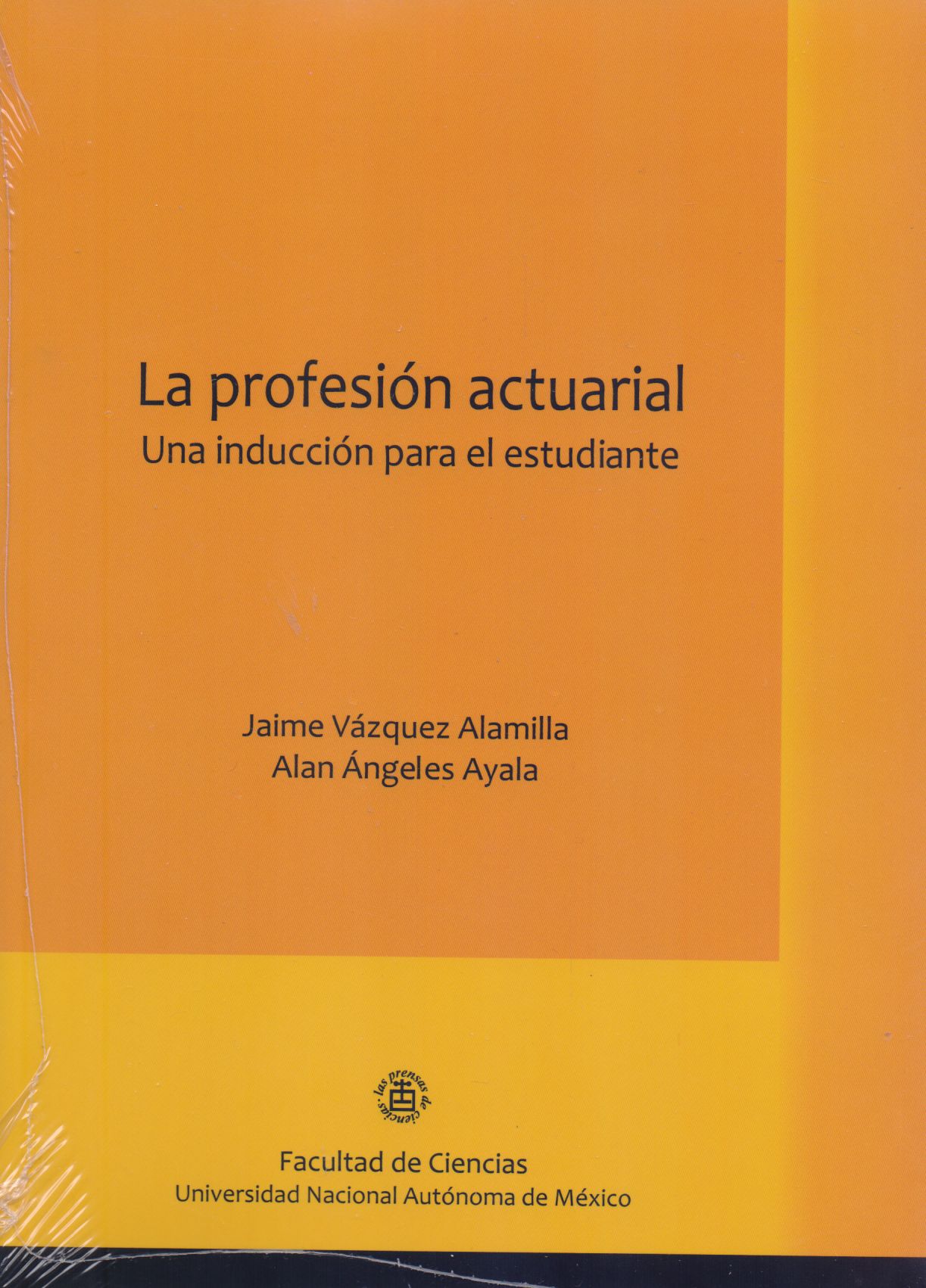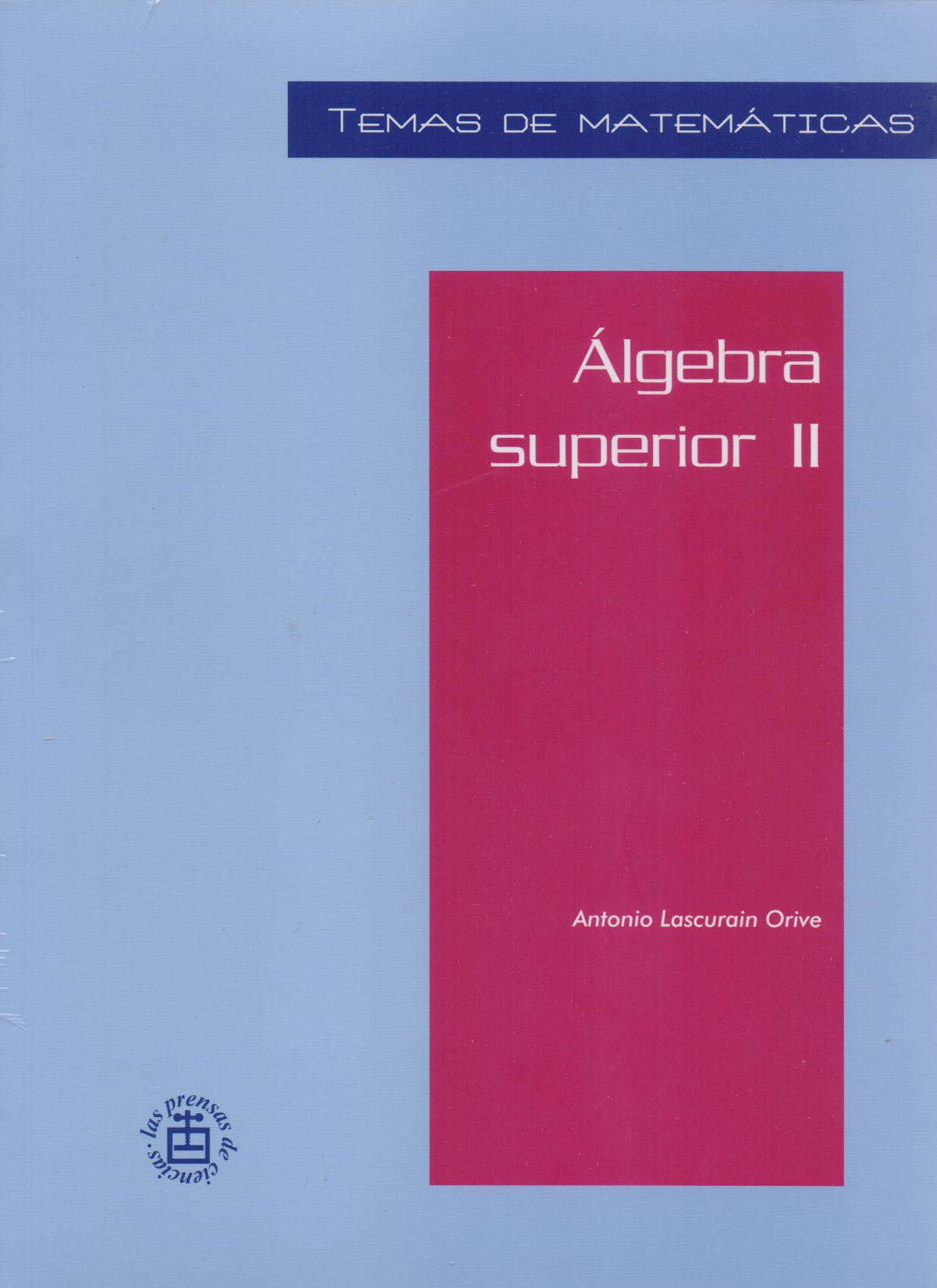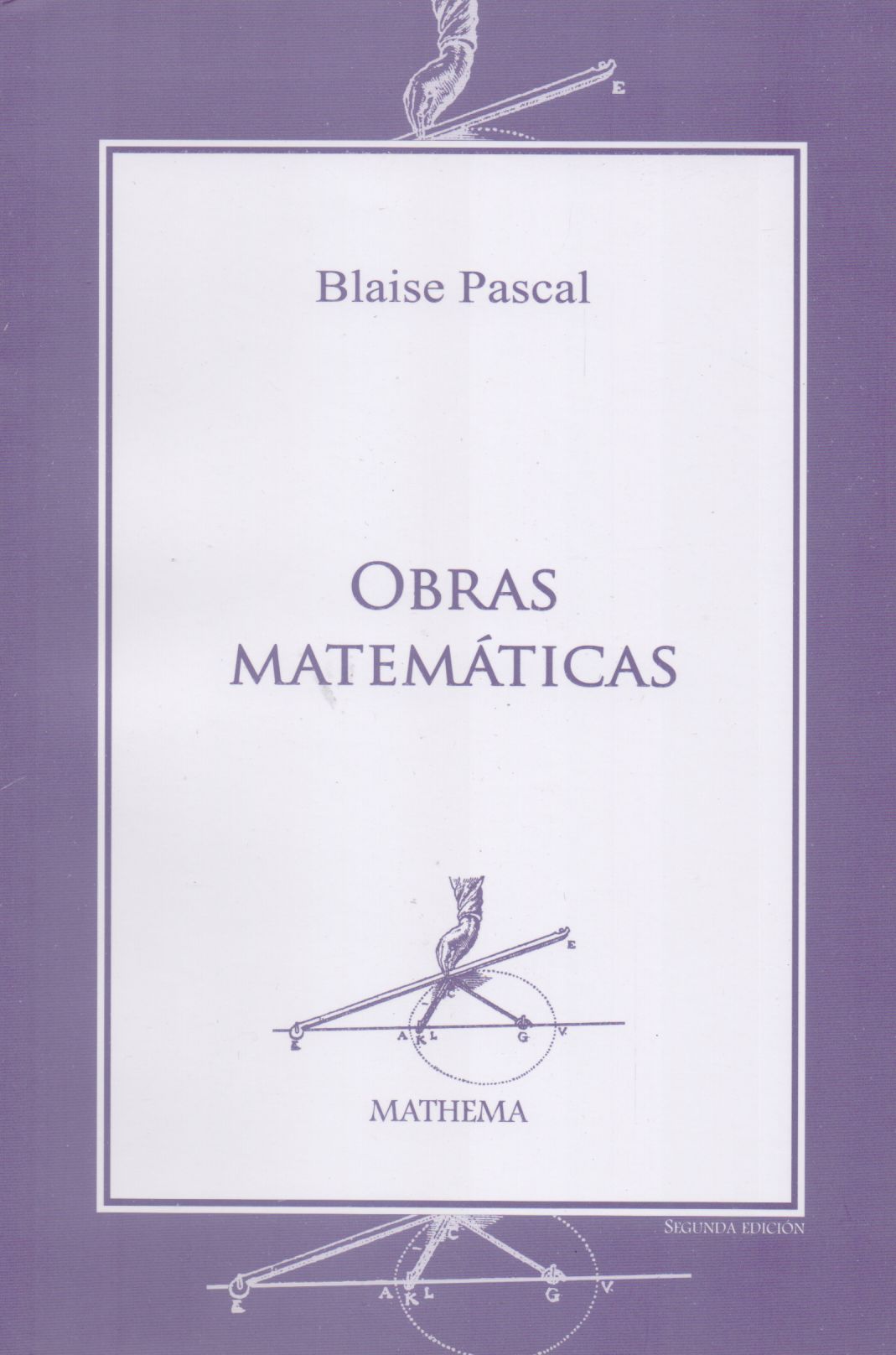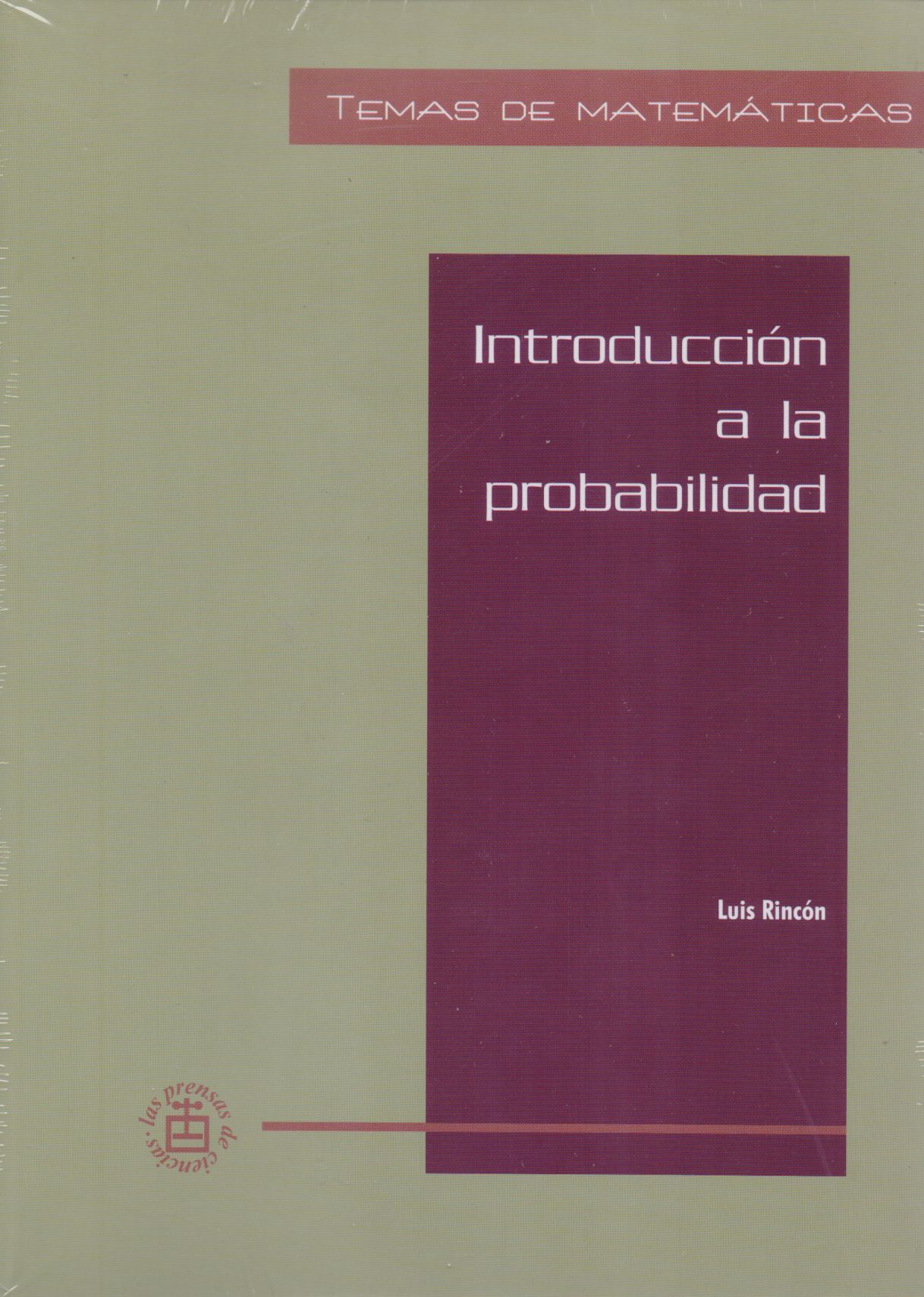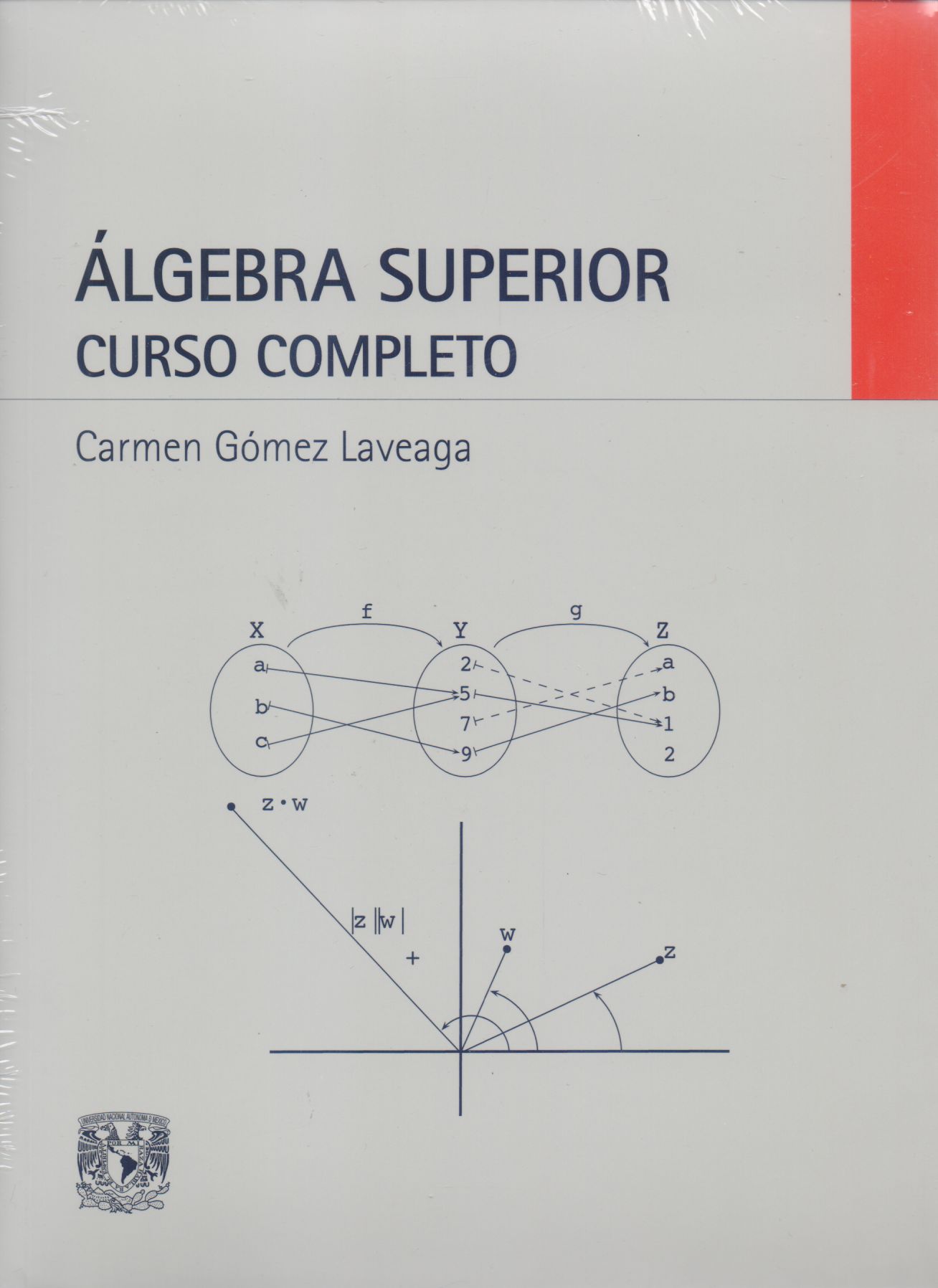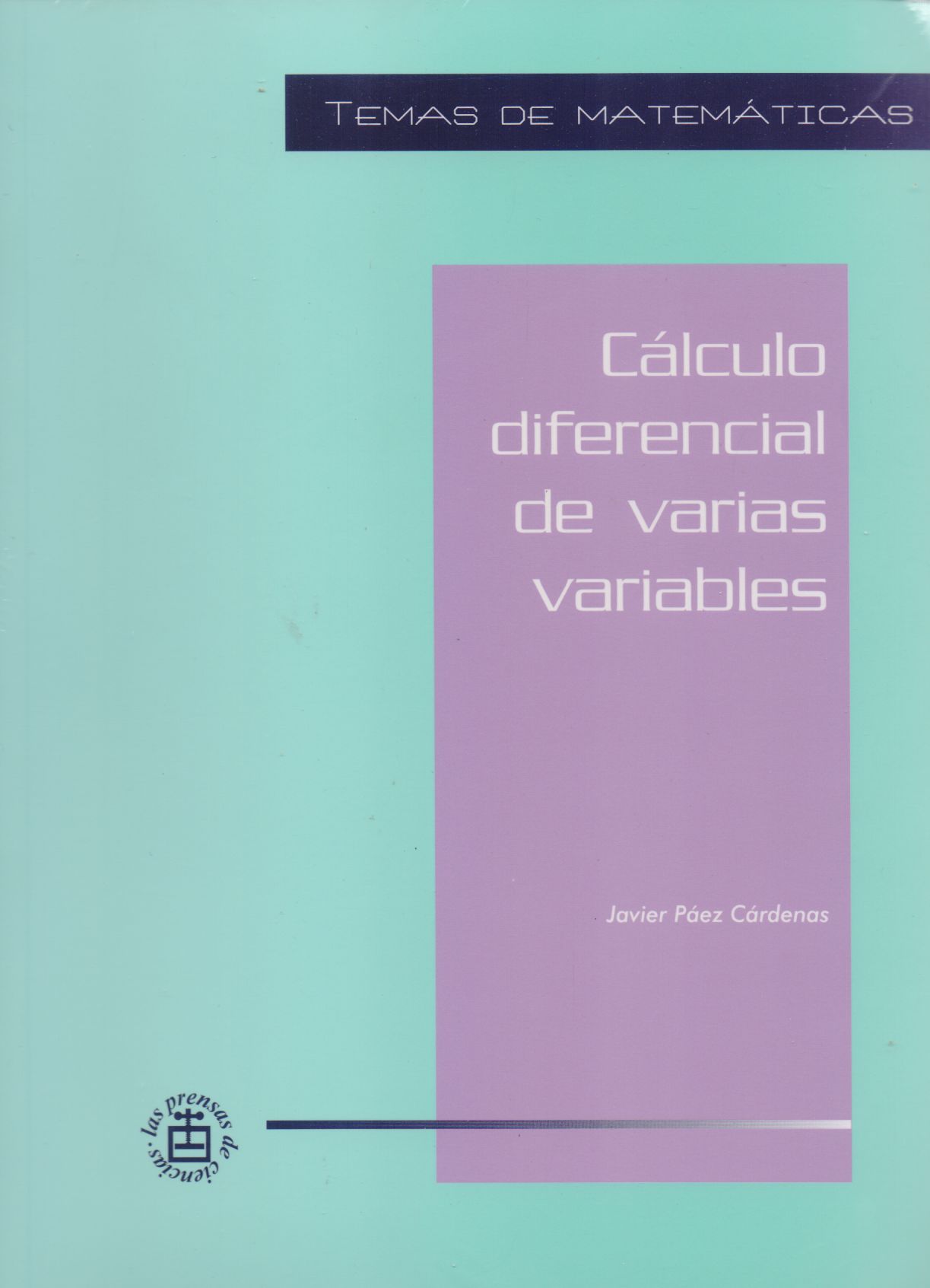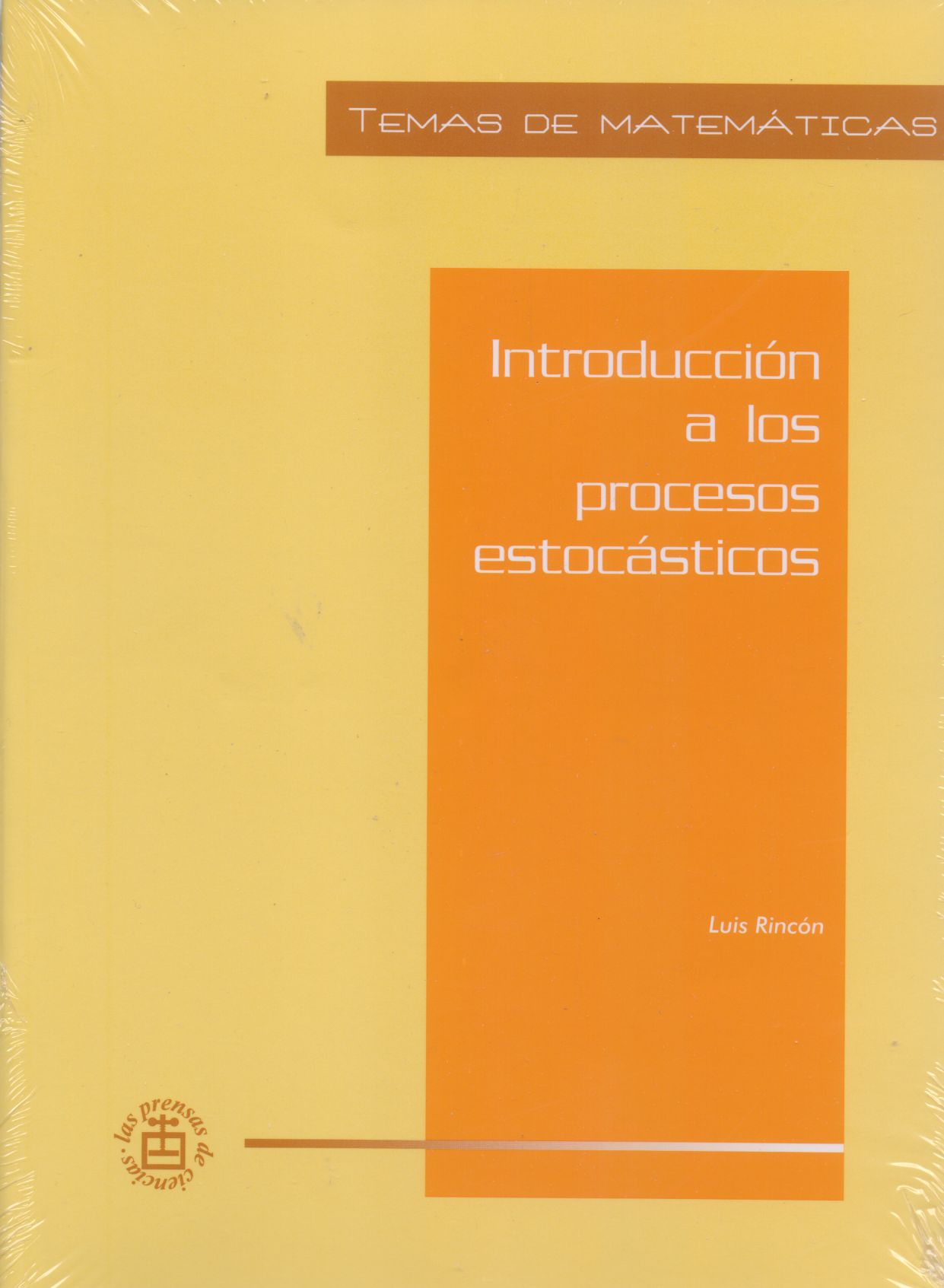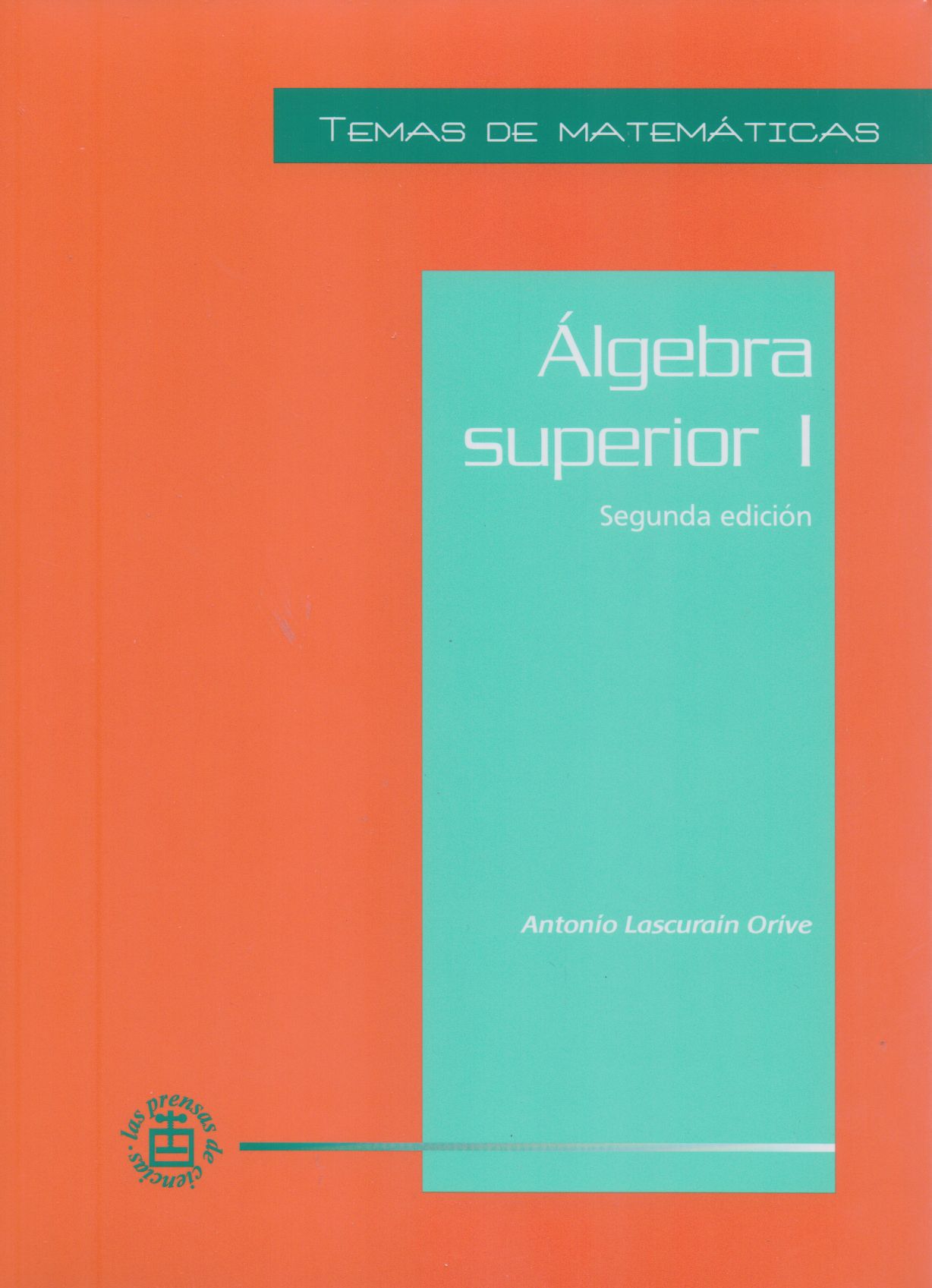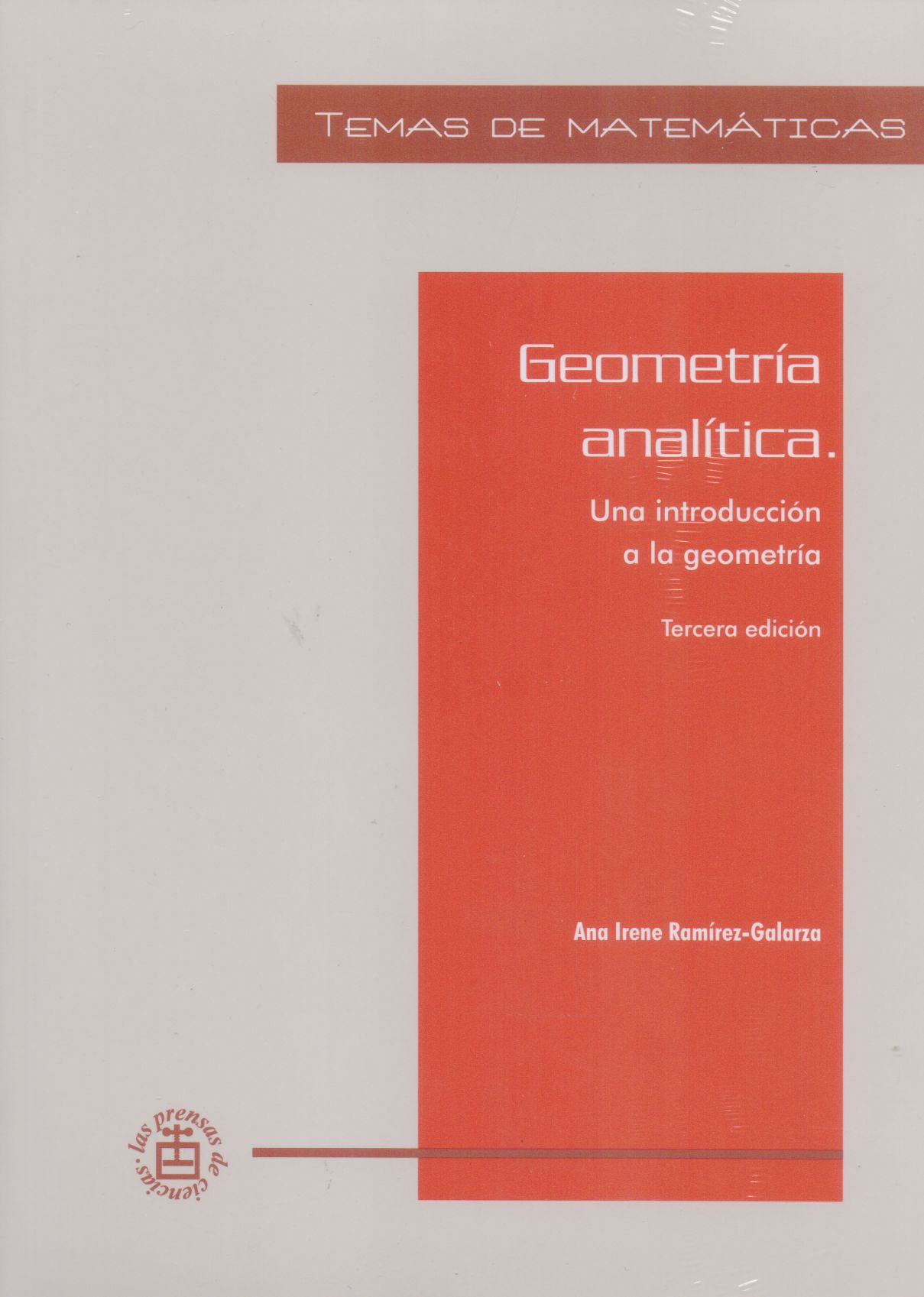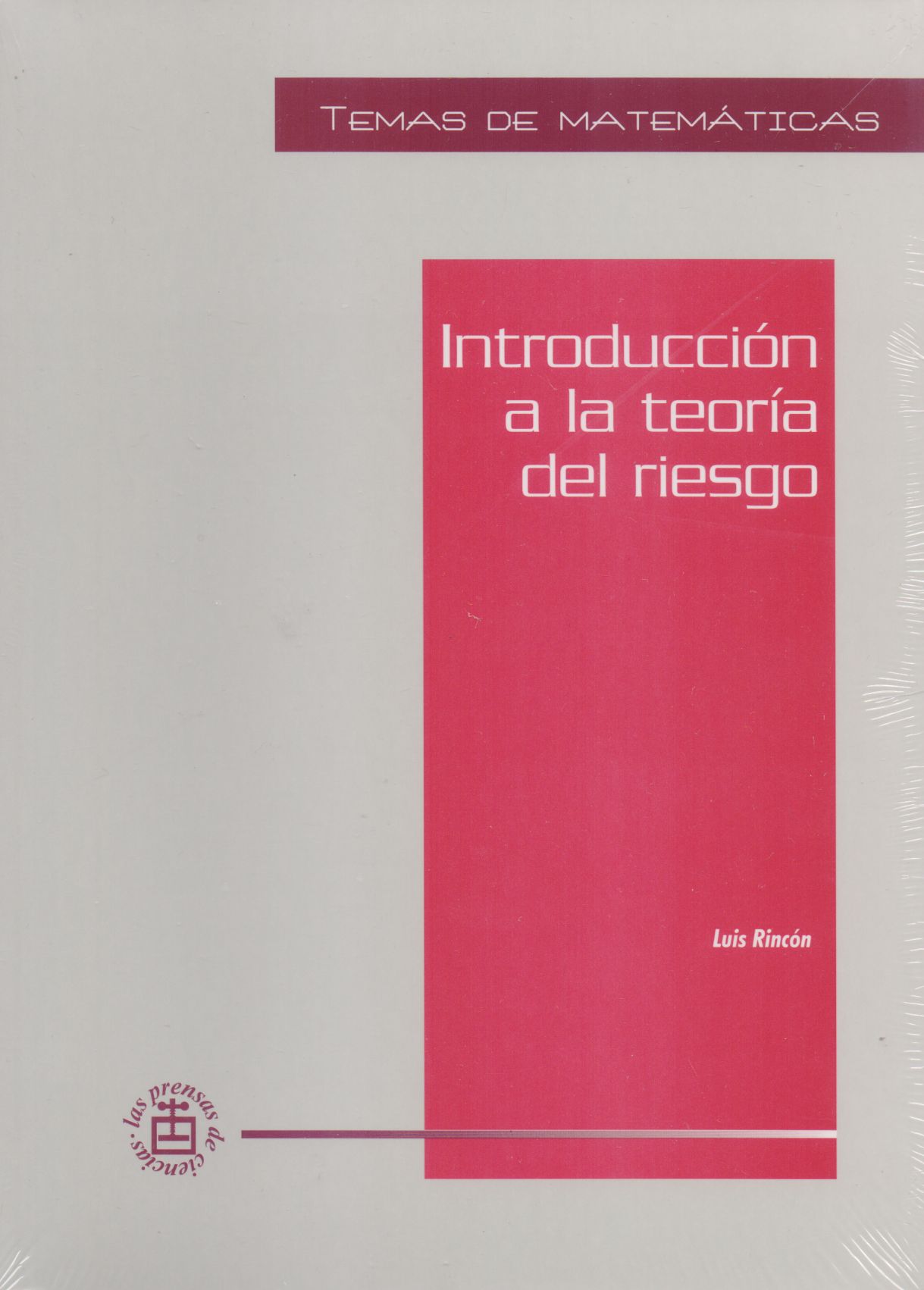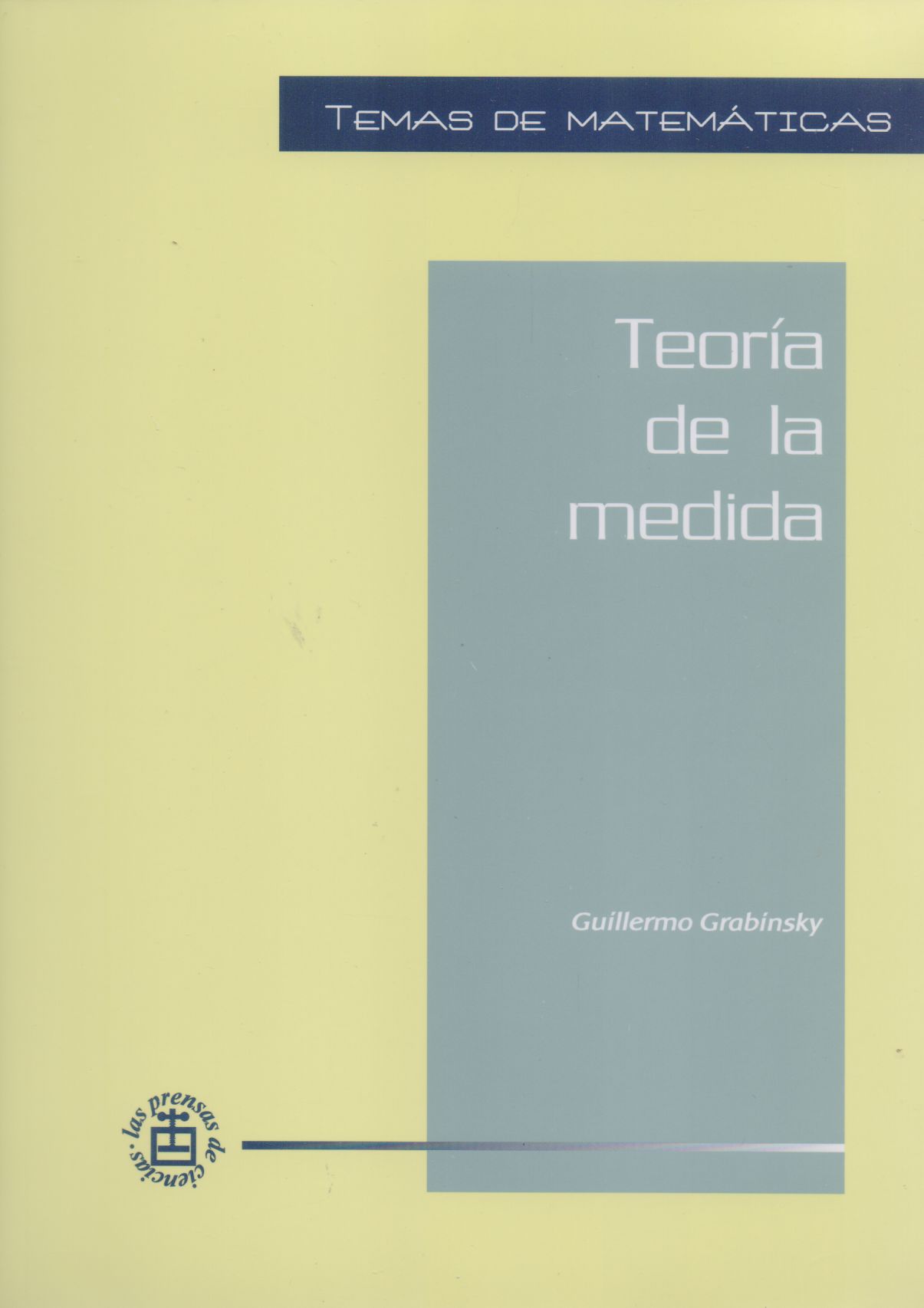Libros relacionados


|
Título: Mathematical Analysis Of Partial Differential Equations Modeling Electrostatic M | |
| Autor: Esposito Pierpaolo/ Ghoussoub Nassif/ Guo Yujin | Precio: $660.00 | |
| Editorial: American Mathematical Society | Año: 2010 | |
| Tema: Matematicas, Teorias, Textos | Edición: 1ª | |
| Sinopsis | ISBN: 9780821849576 | |
| Micro- and nanoelectromechanical systems (MEMS and NEMS), which combine electronics with miniature-size mechanical devices, are essential components of modern technology. It is the mathematical model describing "electrostatically actuated" MEMS that is addressed in this monograph. Even the simplified models that the authors deal with still lead to very interesting second- and fourth-order nonlinear elliptic equations (in the stationary case) and to nonlinear parabolic equations (in the dynamic case). While nonlinear eigenvalue problems--where the stationary MEMS models fit--are a well-developed field of PDEs, the type of inverse square nonlinearity that appears here helps shed a new light on the class of singular supercritical problems and their specific challenges.
Besides the practical considerations, the model is a rich source of interesting mathematical phenomena. Numerics, formal asymptotic analysis, and ODE methods give lots of information and point to many conjectures. However, even in the simplest idealized versions of electrostatic MEMS, one essentially needs the full available arsenal of modern PDE techniques to do the required rigorous mathematical analysis, which is the main objective of this volume. This monograph could therefore be used as an advanced graduate text for a motivational introduction to many recent methods of nonlinear analysis and PDEs through the analysis of a set of equations that have enormous practical significance. Titles in this series are co-published with the Courant Institute of Mathematical Sciences at New York University. Table of Contents Introduction Part 1. Second-order equations modeling stationary MEMS Estimates for the pull-in voltage The branch of stable solutions Estimates for the pull-in distance The first branch of unstable solutions Description of the global set of solutions Power-law profiles on symmetric domains Part 2. Parabolic equations modeling MEMS dynamic deflections Different modes of dynamic deflection Estimates on quenching times Refined profile of solutions at quenching time Part 3. Fourth-order equations modeling nonelastic MEMS A fourth-order model with a clamped boundary on a ball A fourth-order model with a pinned boundary on convex domains Appendix A. Hardy-Rellich inequalities Bibliography Index |
||
Librería Bonilla SA de CV © Todos los derechos reservados. 2019
Última actualización: Jul 2019



